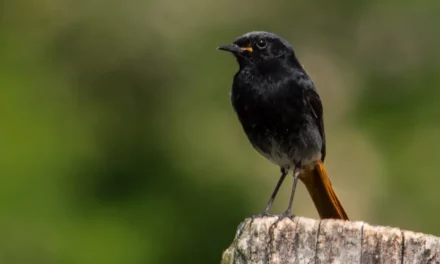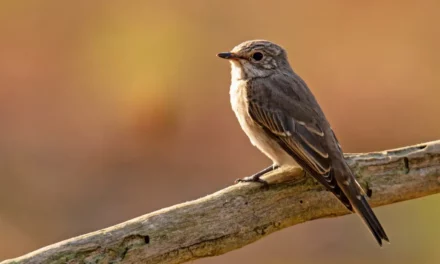What does the coal tit look like?
The Coal Tit has a distinctive appearance with a black head, white cheeks, and a prominent white patch on the nape. Its upper back is dark gray, complemented by gray wings. Meanwhile, its belly varies from dirty white to brownish.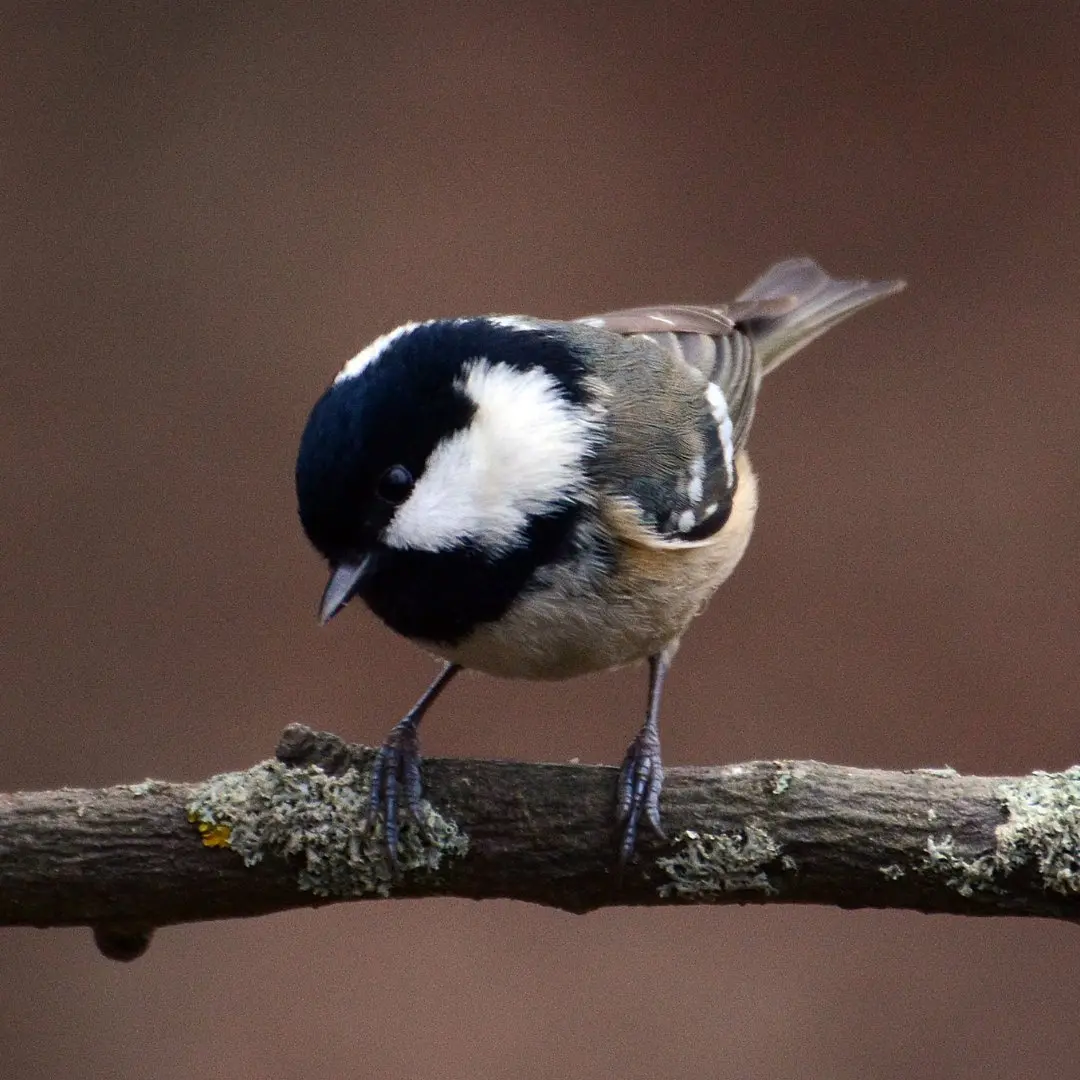
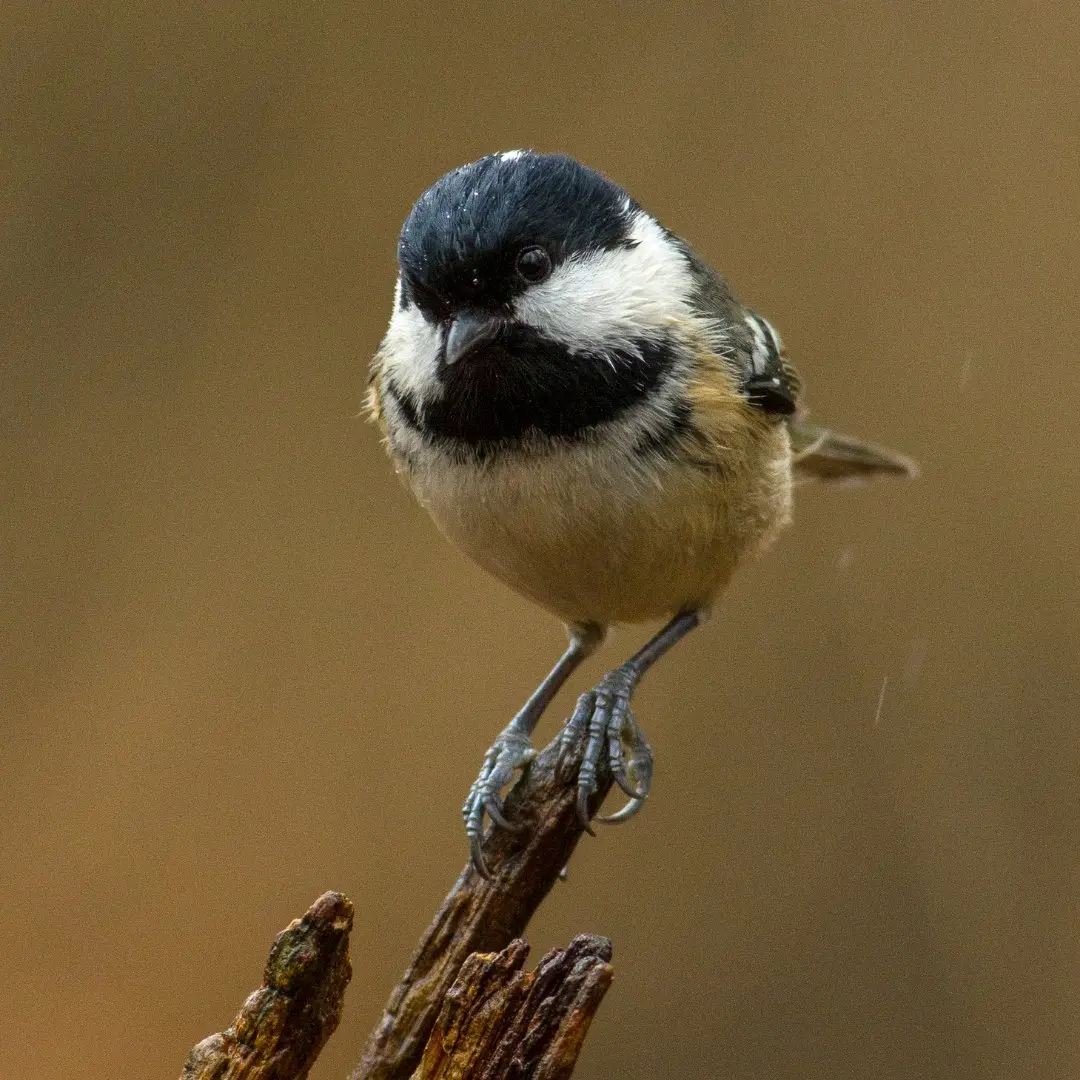
Coal tit behavior and habits
Coal Tits are often harder to spot because they prefer staying in the high branches of conifers. Their long fingers allow them to cling securely to clusters of needles and cones. During winter, they frequently travel in groups with other tit species, searching for food.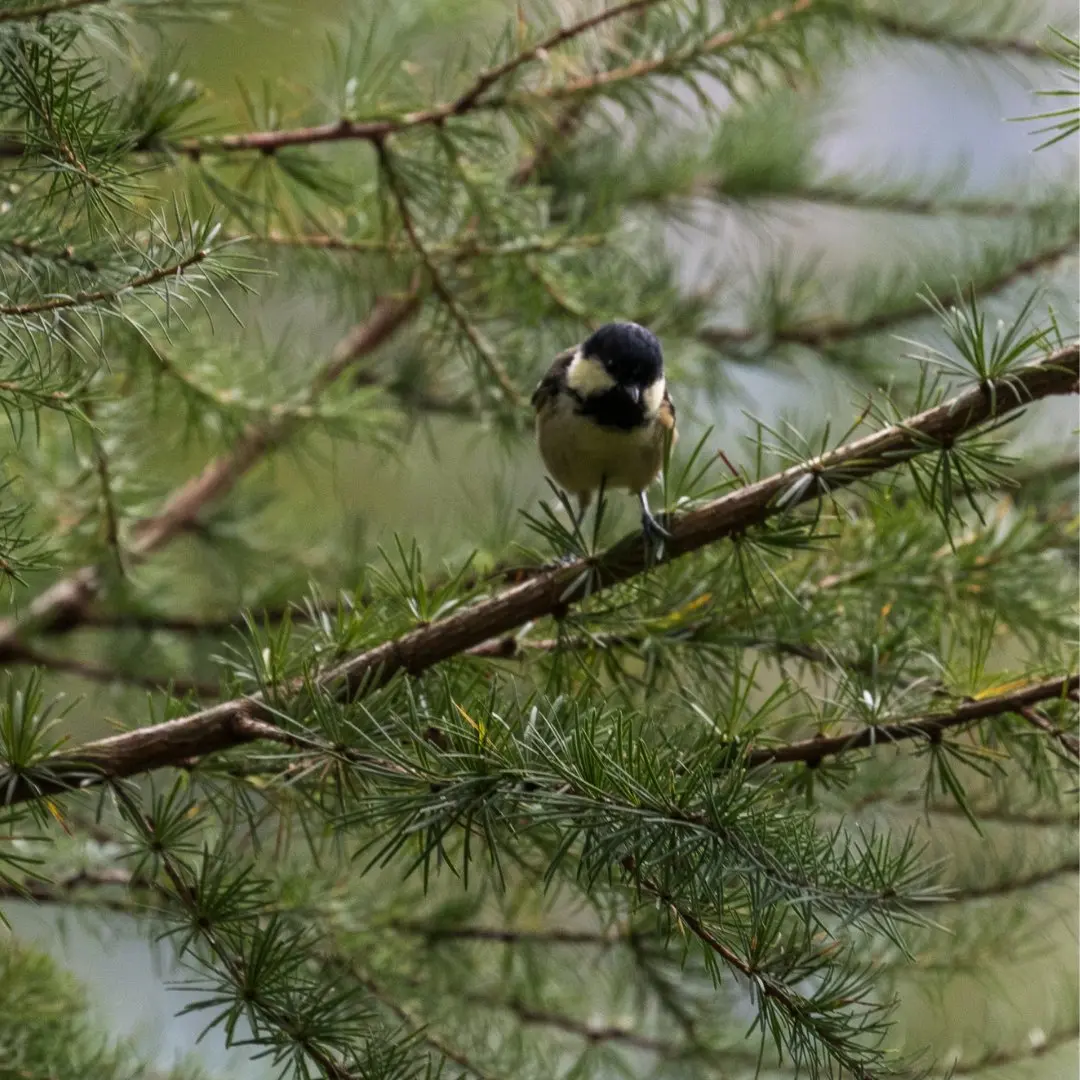
Coal tit songs and communication
Often, you’ll hear the Coal Tit before you see it, as it tends to stay high up in the branches. Its songs consist of sharp, simple, and repetitive sounds. Coal Tits use specific calls to communicate, including a powerful “sissi-sissi” alarm call to warn others of predators. Their song is a soft and simple "tsiwi tsiwi tsiwi" or "witseu witseu witseu".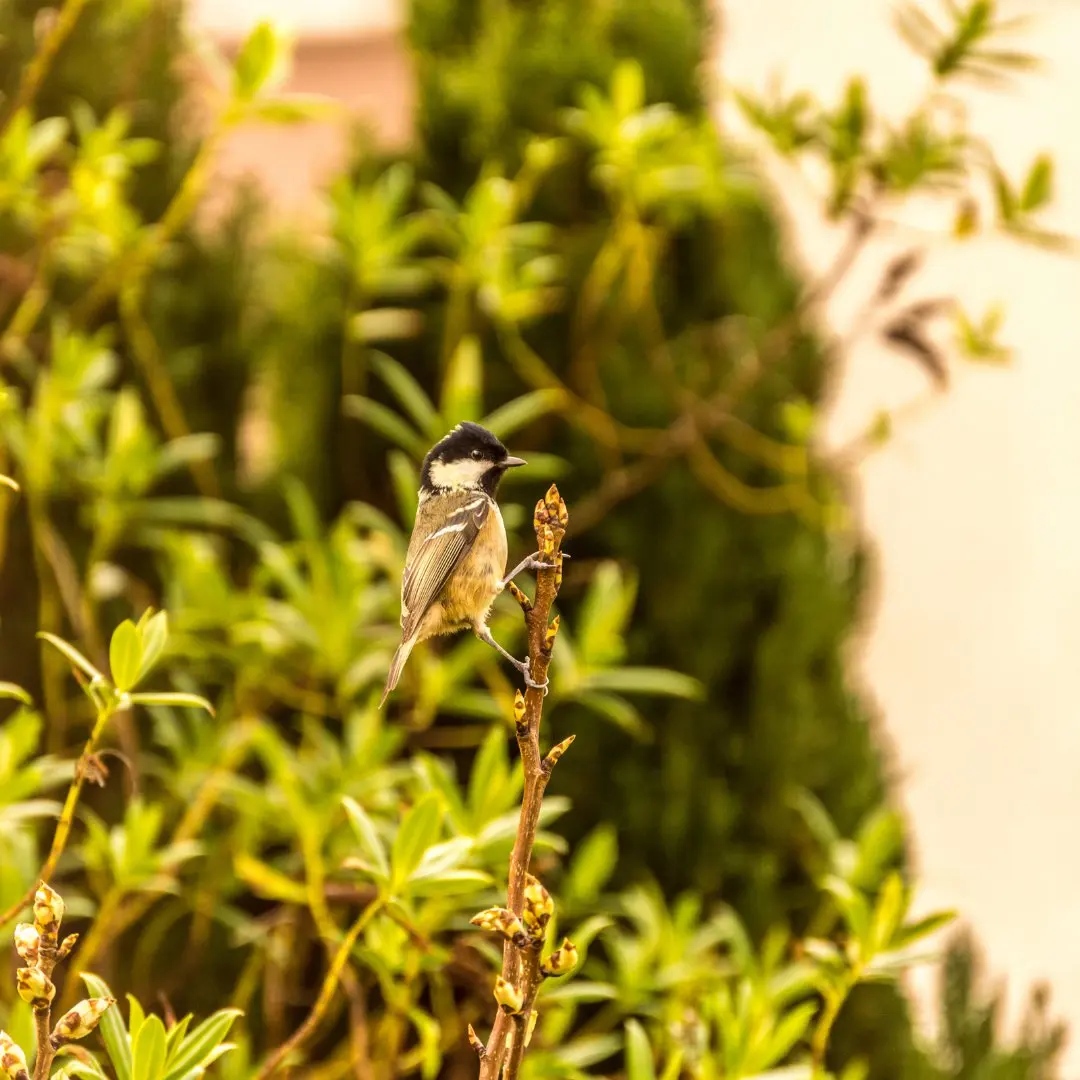
Coal tit reproduction
The Coal Tit reproduces from March to August, producing 1 to 2 broods per year. A typical brood consists of 6 to 10 eggs, which are white with brownish-red speckles. They build nests in tree holes or birdhouses, using a cup of moss, lichen, or wool.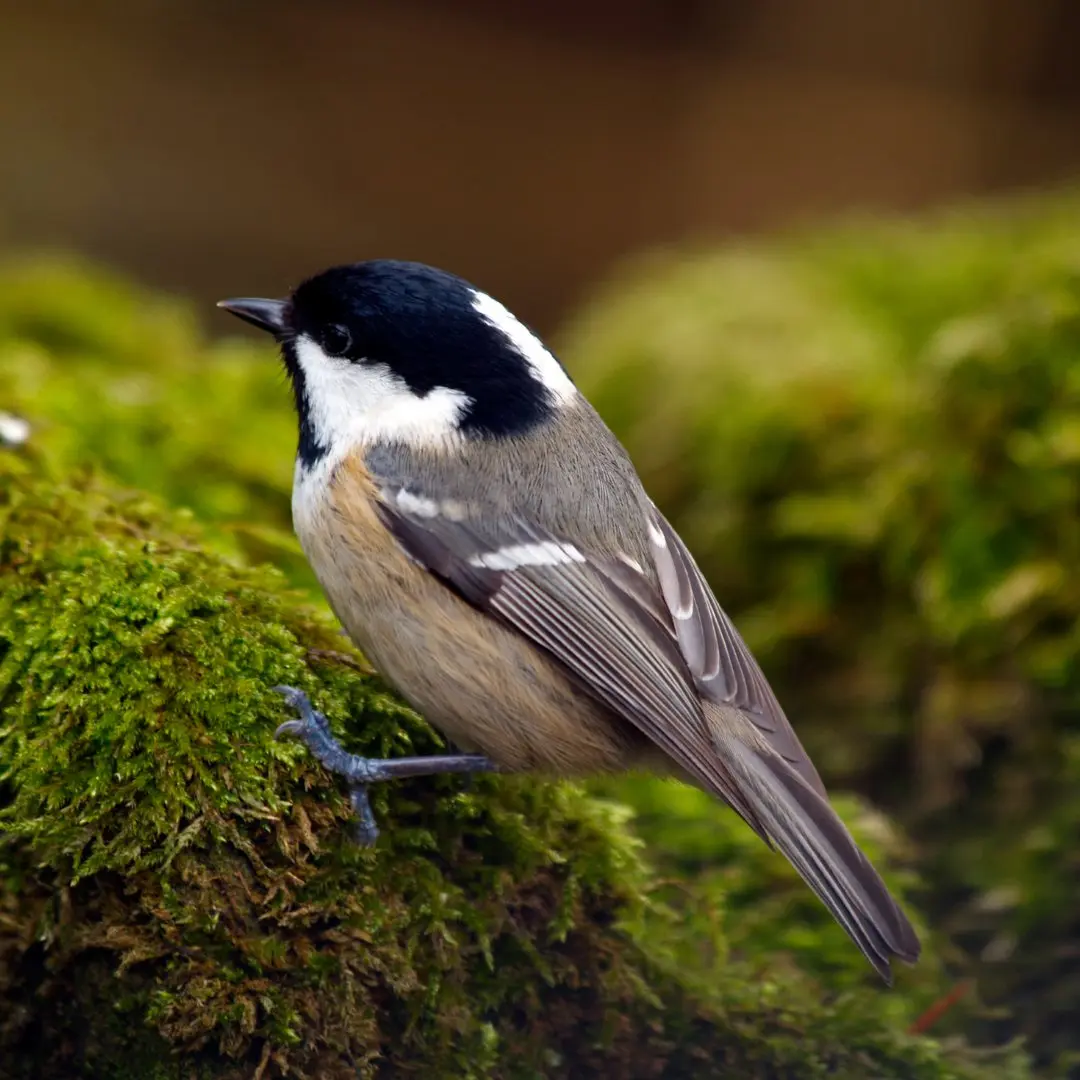
What does the coal tit eat?
Thanks to its fine beak, the Coal Tit searches for insects, spiders, and seeds in the cones and needles of conifers. It may also visit feeders near conifers, although it might be scarce during years when spruce seeds are abundant. Like other tit species, it has the remarkable ability to store seeds, hiding them in high branches, empty buds, lichen, needles, or bark fissures.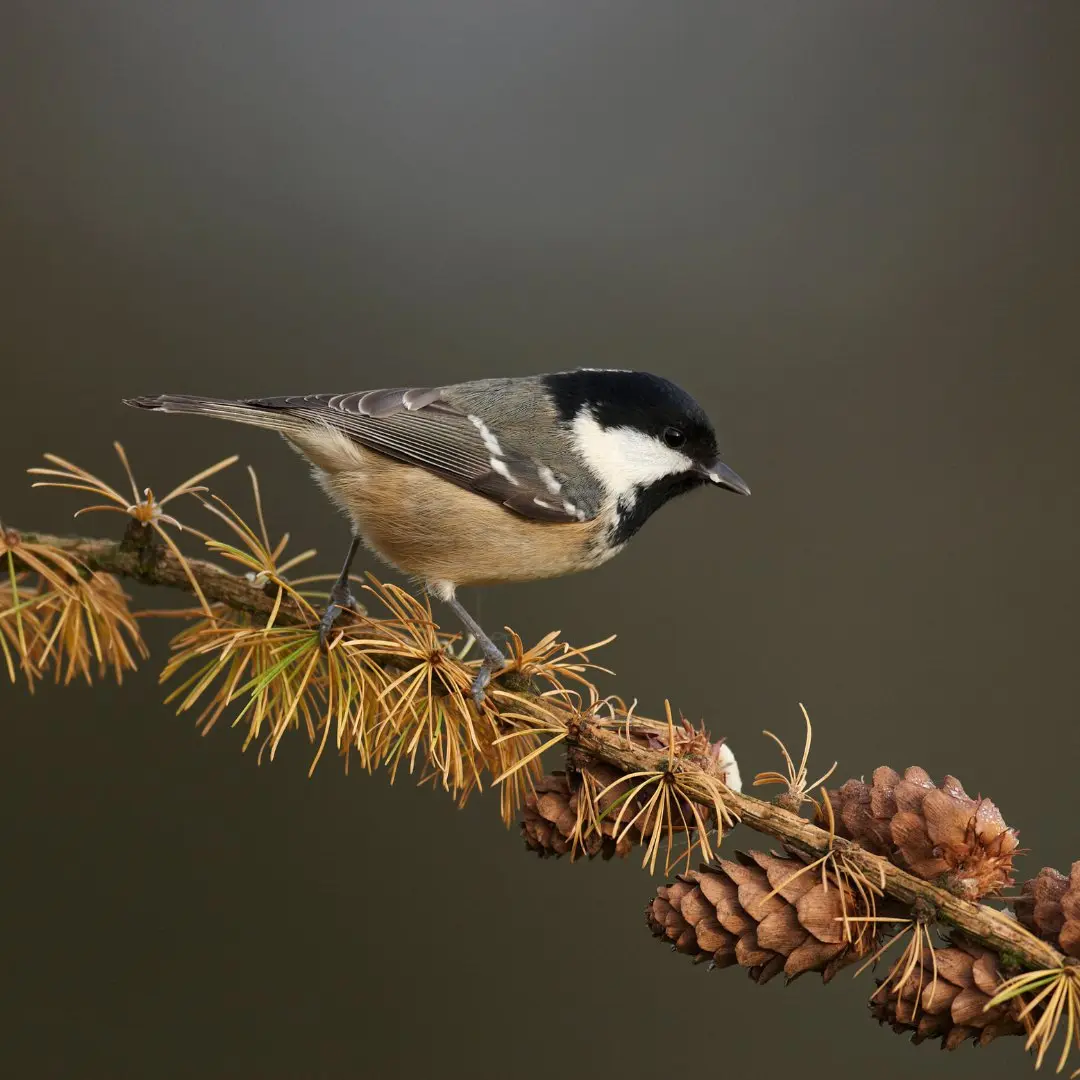
Where to find coal tits
Coal Tits thrive in conifer forests, including spruce and pine groves. They can also inhabit mixed forests with both deciduous and conifer trees. Additionally, they frequent parks and gardens with conifers. Being well-adapted to the cold, they are prevalent in mountainous regions and northern Europe. Although generally sedentary, they may migrate short distances when food is scarce.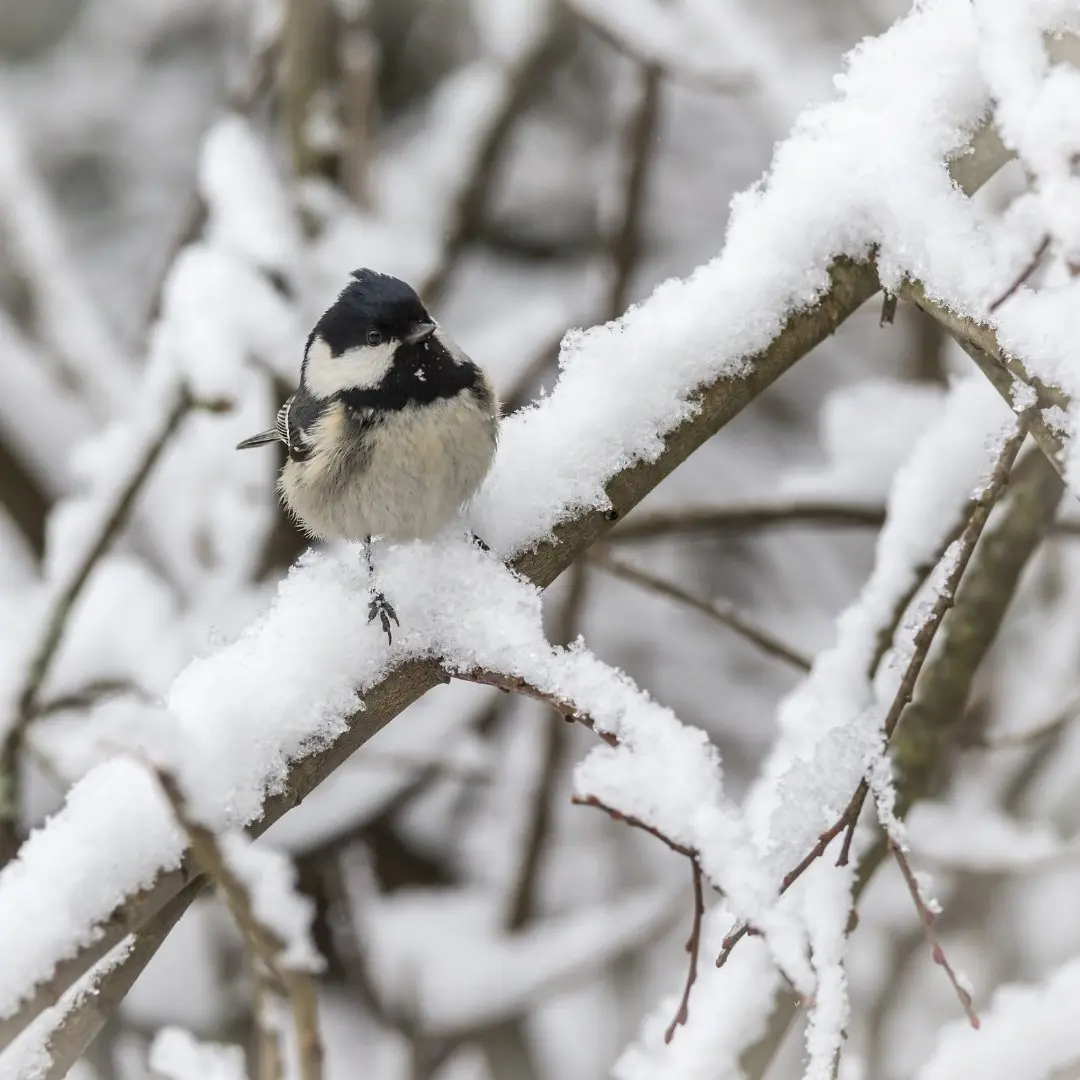
-
-




